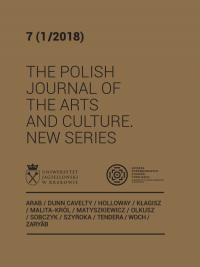Danna Ukeai no Okite: Its role in anti-hereticalpolicy of Edo period Japan and implications for present day “funerary Buddhism”
Danna Ukeai no Okite: Its role in anti-hereticalpolicy of Edo period Japan and implications for present day “funerary Buddhism”
Author(s): Małgorzata SobczykSubject(s): Religion and science , Sociology of Religion
Published by: Wydawnictwo Uniwersytetu Jagiellońskiego
Keywords: funerary Buddhism; Danna ukeai no okite; heresy; parochial affiliation system;danka seido
Summary/Abstract: This study is to characterize Danna ukeai no okite (Terms of the Parishioner Guarantee) against its historical background and discuss its possible role in the development of temple-parishioner relations of early modern Japan. The origins of today’s Japan parochial affiliation system (danka seido, jidan seido) with its most visible feature of conducting funerary rites and services to venerate ancestors according to the sectarian ordinances of the parish temple (danna dera), date back to the second half of the 17th century, when each household was required to register at a local Buddhist temple as part of anti-heretical policy of the shogunate. Temples, on the other hand, were given a role of guarantors, attesting to the orthodoxy of their parishioners. Such model of religious policy led to Buddhist clergy appropriating of the existing legal framework to expand its authority. The paper discusses Danna ukeai no okite, a counterfeit document exemplifying such an expansion of power over the people. It imposed on families affiliated with Buddhist temples several duties towards their guarantors, which included an obligation to have funeral ceremonies conducted under the sanction of being accused of heretical inclinations. Some of the conditions prescribed by the document, such as receiving a posthumous Buddhist name (kaimyō) and installing at homes family Buddhist altars are believed to be manifestations of “funerary Buddhism”.
Journal: The Polish Journal of the Arts and Culture. New Series
- Issue Year: 7/2018
- Issue No: 1
- Page Range: 95-112
- Page Count: 18
- Language: English

